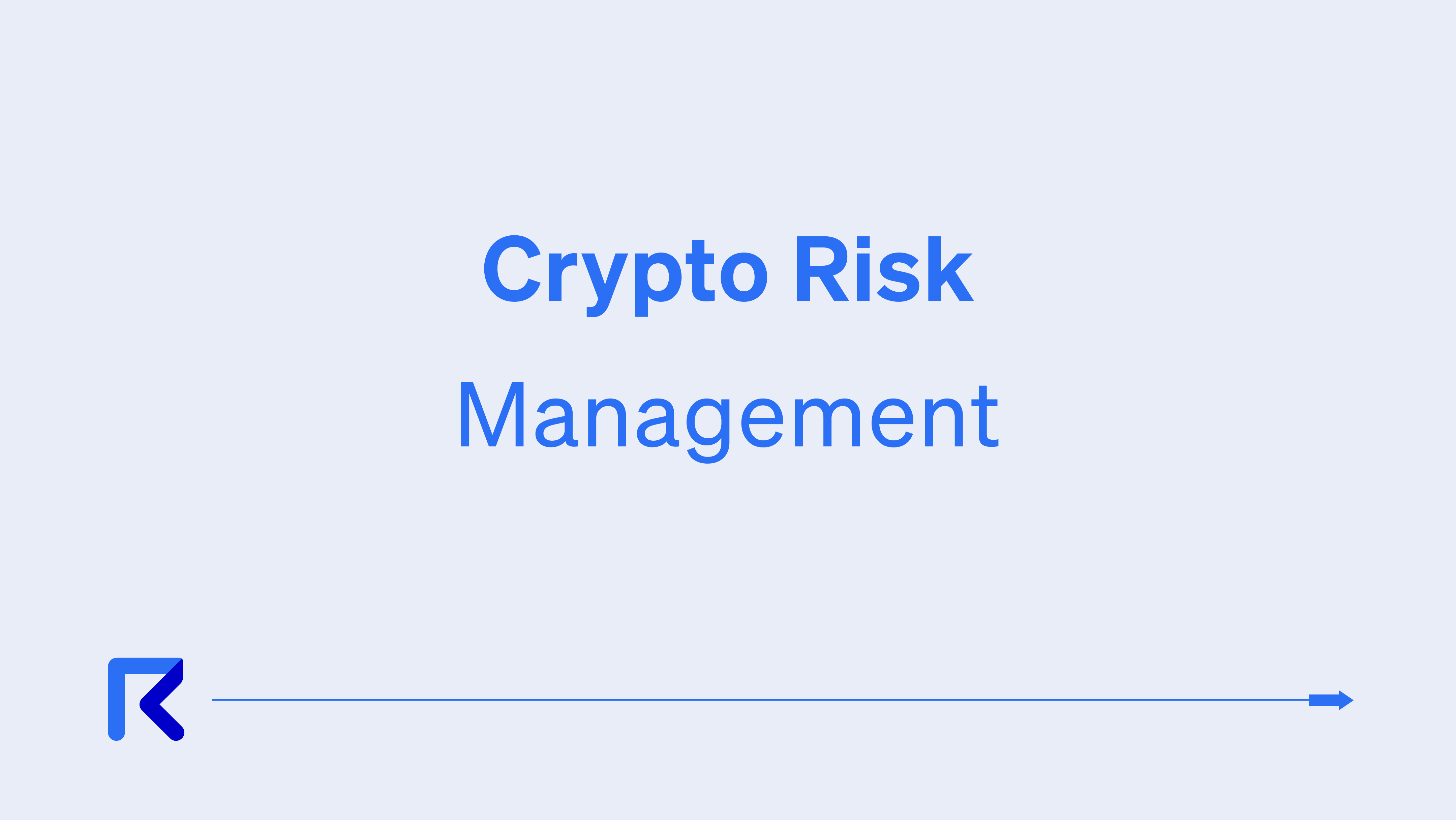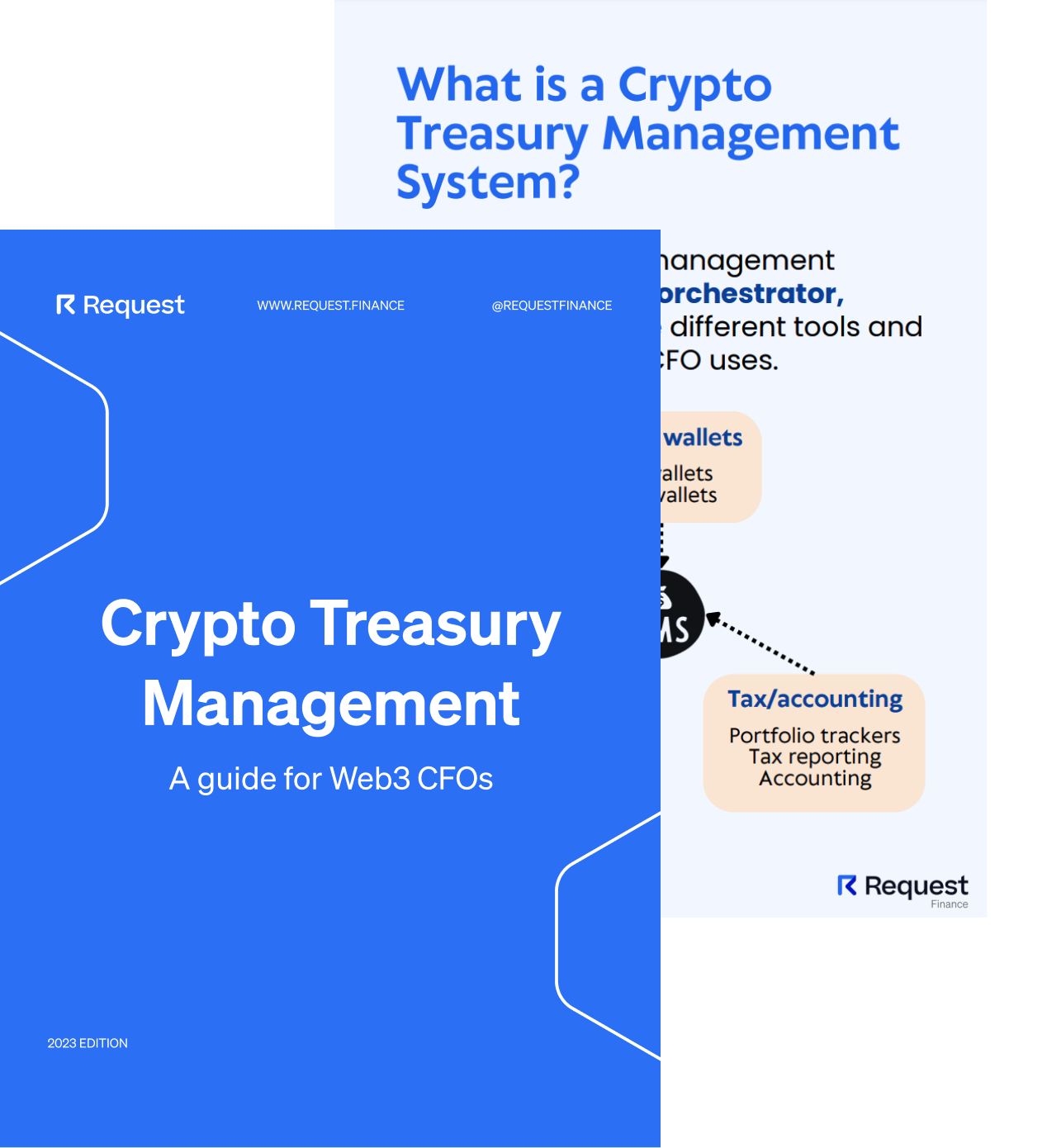DAOs, or Decentralized Autonomous Organizations, have emerged as a leading innovation in the world of blockchain technology, acting as a nexus between finance, governance, and community engagement.
The first DAO, was introduced in 2016. Since then, there are over 25,000 DAOs in existence today, managing a collective $21.5 billion in assets in their treasuries.
With DAOs gaining momentum as an alternative to traditional corproate structures, effective DAO treasury management has become a critical area of focus.
What is a DAO?
As a unique form of organization, DAOs present unique features that redefine traditional notions of governance and operational structures.
Built on blockchain technology, DAOs typically operate without a central authority, leveraging instead collective decision-making mechanisms, primarily voting, and enforcing rules automatically through smart contracts.
For instance, CityDAO managed to purchase land in Wyoming using crypto. This case illustrates how DAOs can function with tangible assets, engaging in activities such as property acquisition, an endeavor typically associated with centralized institutions.
Another distinguishing characteristic of DAOs is their emphasis on transparency. Ensured through blockchain technology, every transaction and decision made within a DAO is recorded, providing a clear, indisputable audit trail.
Such a level of transparency cultivates trust among DAO members and creates a favorable environment for investments.
Furthermore, DAOs have the ability to issue tokens granting governance rights. This unique approach democratizes the decision-making process, with token holders having a say in the organization's strategic decisions.
This dynamic starkly contrasts traditional organizations where decision-making power often concentrates among a handful of individuals in the management, or board of directors.
How do DAOs manage their treasury?
At the heart of every DAO lies its treasury. The treasury holds the collective financial resources of the DAO, usually in the form of cryptocurrencies.
Governed by smart contracts, these funds are often stored in a shared, multi-signature wallet. The funds are used to facilitate operations, invest in initiatives, and support the organization's overall growth.
As these treasuries are decentralized and governed by the collective, efficient management of these funds is crucial to ensure a DAO’s sustainability and success.
Effective treasury management requires a thoughtful mix of diversification, the use of multisig wallets for security, and regular reporting for transparency.
This introduces unique challenges, and hence, solutions have been developed to address them.
There’s a better way.
Fast, Compliant, Scalable.
Your Finance Ops HQ, ready when you are.
Best strategies for effective DAO treasury management
Many DAOs have developed robust systems that balance operational needs, strategic investment, and financial security while maintaining the principles of decentralization.
Among the most effective strategies for DAO treasury management are diversification, centralization of all financial flows to one platform, and investing in growth opportunities:
1. Diversify your portfolio
To mitigate risk and generate sustainable returns, DAOs can spread their assets across different types of investments. This could mean investing in a mix of crypto assets, other DAO tokens, or even real-world assets.
Set Protocol, one of the largest on-chain asset management protocols, offers a unique approach to DAO treasury management.
It enables DAOs to allocate capital into TokenSets, which are effectively managed by algorithms or experienced traders. DAOs can diversify their portfolios, access working capital, or make grants using TokenSets.
This approach not only helps mitigate the risk associated with reliance on a single cryptocurrency but also contributes to efficient treasury management.
2. Invest in growth opportunities
Uniswap DAO, a decentralized cryptocurrency exchange that uses an automated liquidity protocol, is an example of a DAO investing in growth opportunities. The Uniswap DAO controls the protocol's treasury and uses a consensus voting mechanism to decide on fund allocations.
Similarly, BitDAO, a decentralized investment fund designed to boost the growth of the DeFi and broader blockchain space, collects funds from various activities and uses the treasury to contribute to new projects and initiatives.
3. Use a multisig wallet to store your DAO treasury
The majority of DAOs utilize multisigs for their treasury storage, which offers:
1. Security: Multisig wallets secure your assets within a smart contract, with all transactions verifiable on-chain. No assets are stored in the browser, and no wallet provider is in charge of your private keys.
2. Shared ownership: There is shared ownership over a single company wallet, where wallet owners can extend access to other team members. If a private key is lost, other owners can assist in regaining access to the wallet by inviting your new account to the multisig.
You can consider storing your DAO treasury with popular multisig wallets like Safe, a multisig wallet running on Ethereum, and several EVM chains that require a minimum number of people to approve the transaction before it can occur - while maintaining complete self-custody of your funds.
It also integrates with invoice management platforms like Request Finance, where you can batch-pay invoices using Safe wallet.
4. Centralize all your financial flows to one platform
Given that DAOs often deal with numerous transactions, managing these can be a complex task. An efficient invoice management system can simplify this process, reduces errors, and ensures that every transaction is accounted for, thus maintaining the financial integrity of the DAO.
A good case in point is MakerDAO. They chose to streamline inbound invoice management and decided to move all their financial flows to Request Finance to invoice their clients, community grantees, and freelancers when requesting payments in DAI. This move automated manual administrative tasks that took up to 120 days a year, saving time and enhancing data integrity.
The process is simple, as the issuer automatically receives the money, and MakerDAO maintains an on-chain record of all payments for easy accounting and bookkeeping purposes.
Using an invoice management system provides clear visibility into how funds are being utilized, and such transparency aligns with the core principles of DAOs, reinforcing trust and collective decision-making.
Concluding thoughts
These unique features and treasury management strategies are paving the way for DAOs to disrupt traditional models across various industries.
Despite facing legal and regulatory challenges, DAOs are adapting and evolving, with states like Vermont, Wyoming, and Tennessee introducing legislation to recognize DAOs as legal entities.
Yet principles of transparency, collective decision-making, and financial responsibility remain at the core of effective treasury management.
Solutions like Request Finance play an instrumental role in reinforcing these principles, providing the tools necessary for DAOs to manage their treasuries effectively.









